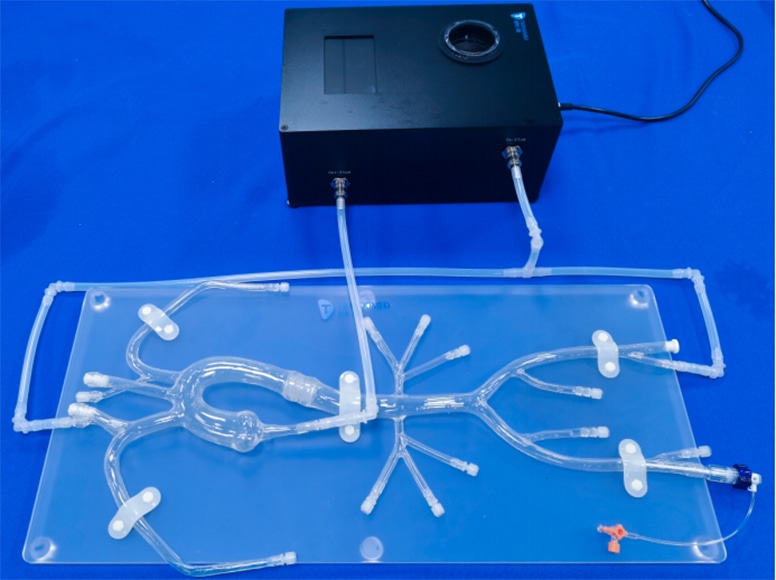
#Industry News
Coarctation of the Aorta: Understanding a Congenital Heart Defect
Aorta Model I
Introduction:
Coarctation of the aorta is a congenital heart defect characterized by a narrowing or constriction of the aorta, the main artery that carries oxygen-rich blood from the heart to the body. This condition restricts blood flow to the lower part of the body, leading to various symptoms and complications. This article aims to provide an overview of coarctation of the aorta, including its causes, symptoms, diagnosis, and available treatment options.
Causes and Classification:
Coarctation of the aorta occurs during fetal development when the aortic arch fails to form correctly. The exact cause is often unknown, but genetic factors and abnormal development of the fetal heart are believed to play a role. Coarctation of the aorta can be classified as either pre-ductal or post-ductal, depending on the location of the constriction relative to the ductus arteriosus, a temporary blood vessel in fetal circulation.
Symptoms and Diagnosis:
The severity of symptoms in coarctation of the aorta can vary. Infants with severe coarctation may present with symptoms shortly after birth, including poor feeding, difficulty breathing, weak pulses in the lower extremities, and heart murmurs. Older children and adults with milder forms may experience high blood pressure, leg cramps, cold legs or feet, and exercise intolerance. Diagnosis is typically made through physical examination, echocardiography, and imaging tests such as magnetic resonance angiography (MRA).
Treatment Options:
The treatment for coarctation of the aorta depends on the severity of the condition and the age of the patient. In infants with severe coarctation, surgery is often necessary to remove the constriction and restore normal blood flow. Balloon angioplasty, a minimally invasive procedure, may be an option for older children and adults with less severe coarctation. In some cases, a stent may be placed to keep the aorta open. Regular follow-up care and lifelong monitoring are essential to manage blood pressure and assess for potential complications.
Long-Term Outlook and Complications:
With early detection and appropriate treatment, the outlook for individuals with coarctation of the aorta is generally excellent. However, they may remain at a higher risk for certain complications, such as high blood pressure, aortic aneurysm, or aortic valve problems. Regular check-ups, blood pressure monitoring, and echocardiograms are crucial to ensure ongoing cardiac health and detect any potential issues.
Conclusion:
Coarctation of the aorta is a congenital heart defect that affects the normal blood flow from the heart to the lower part of the body. Early diagnosis and intervention are vital for optimal outcomes. Advances in surgical techniques and interventional procedures have significantly improved the long-term prognosis for individuals with this condition. With proper management and ongoing medical care, individuals with coarctation of the aorta can lead healthy, active lives and minimize the risk of complications. Close collaboration with healthcare professionals and adherence to treatment plans are essential for maintaining cardiac health and overall well-being.




